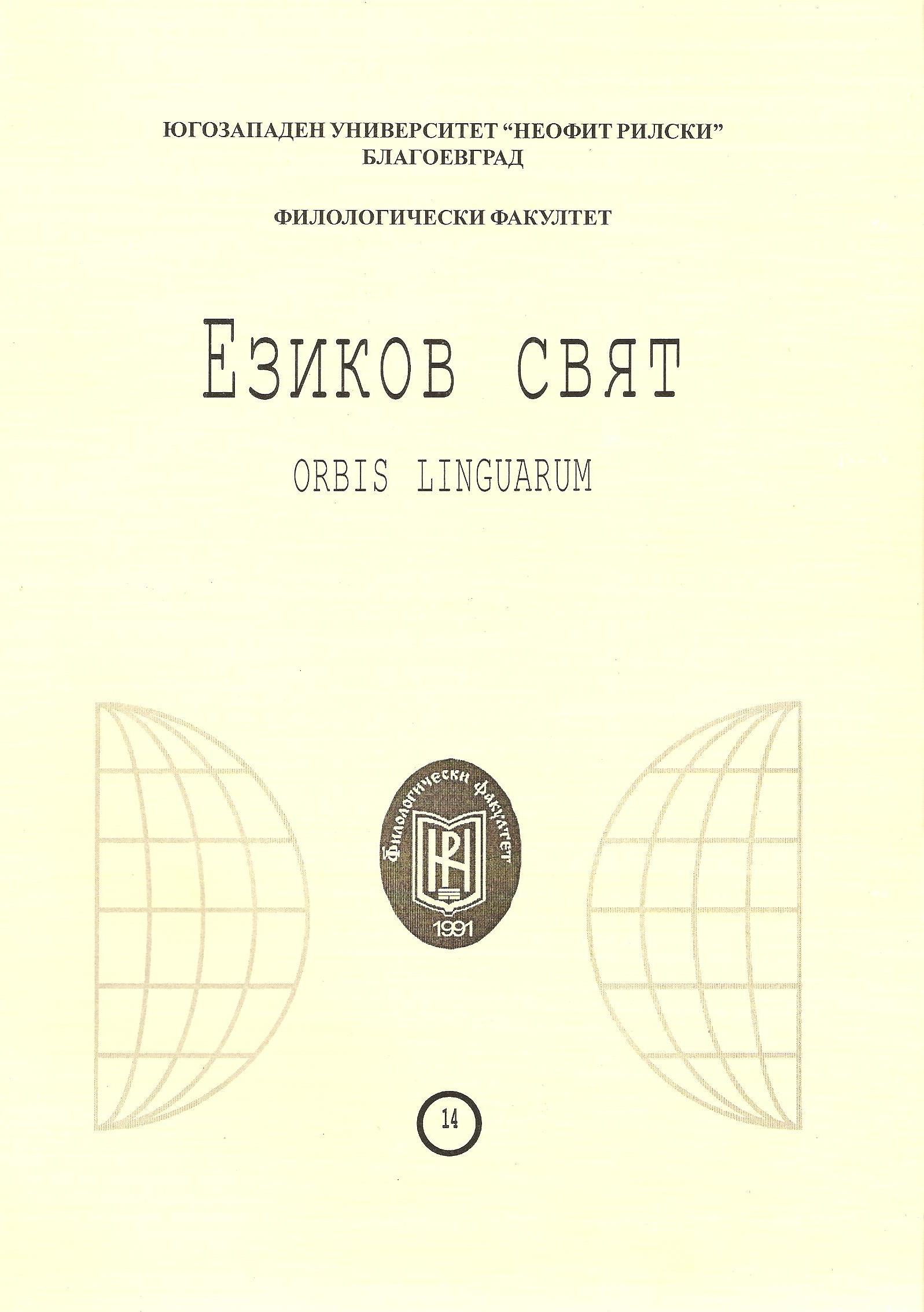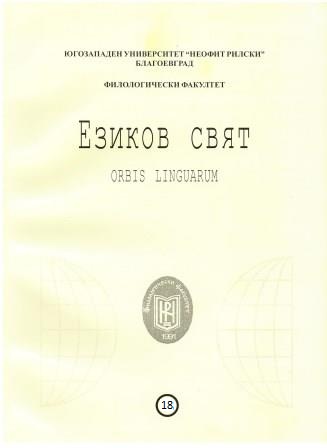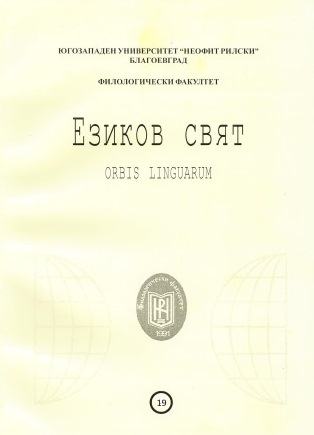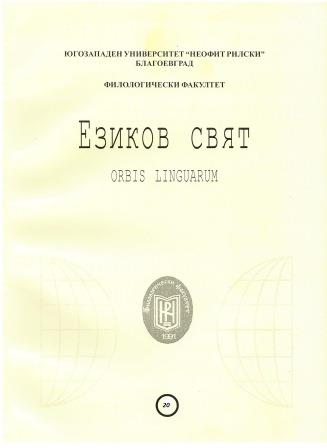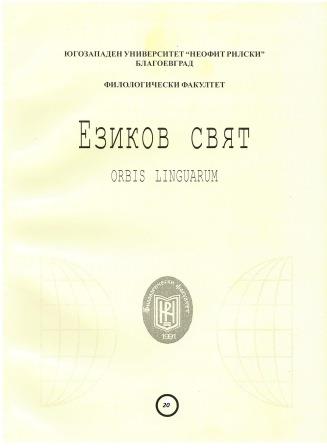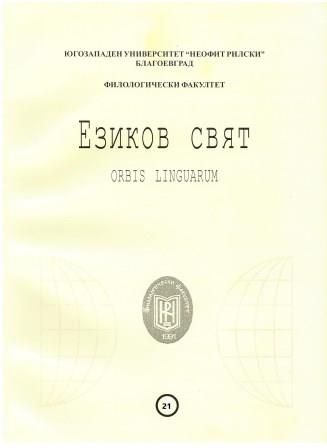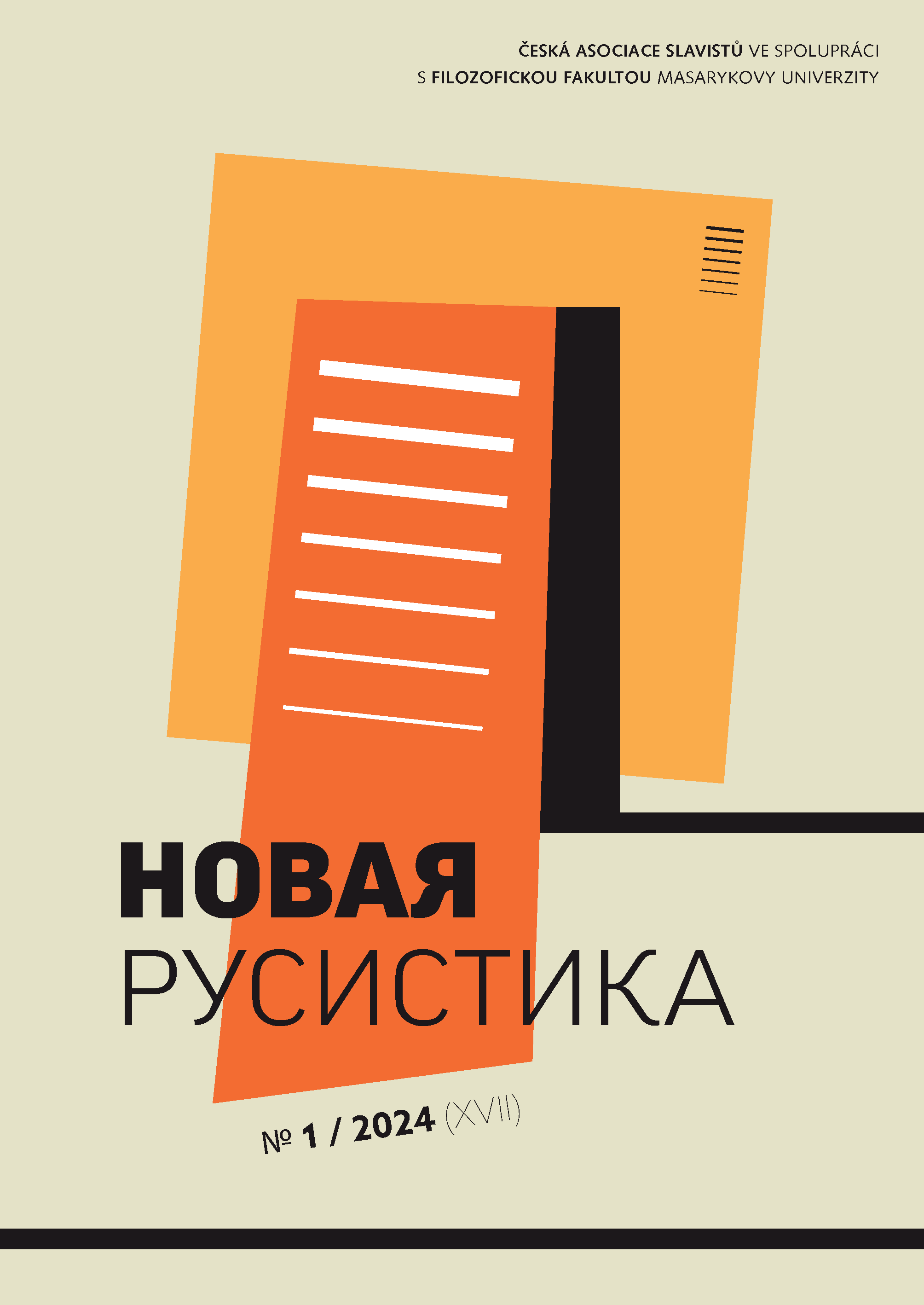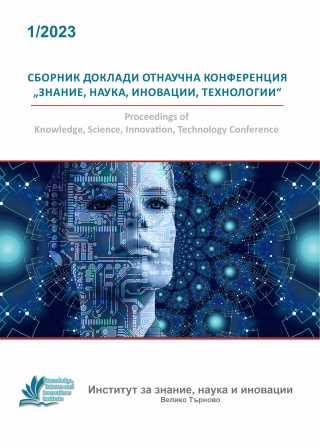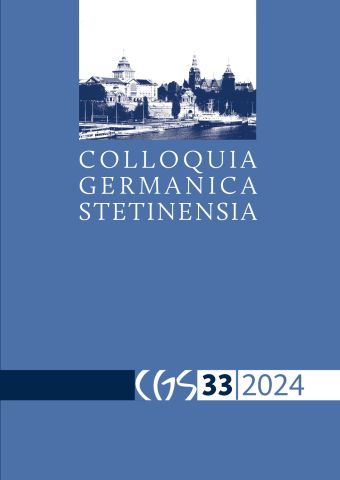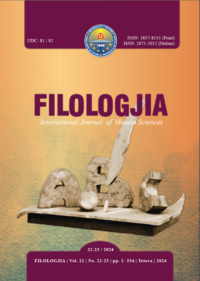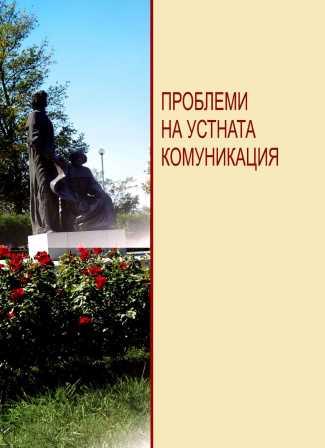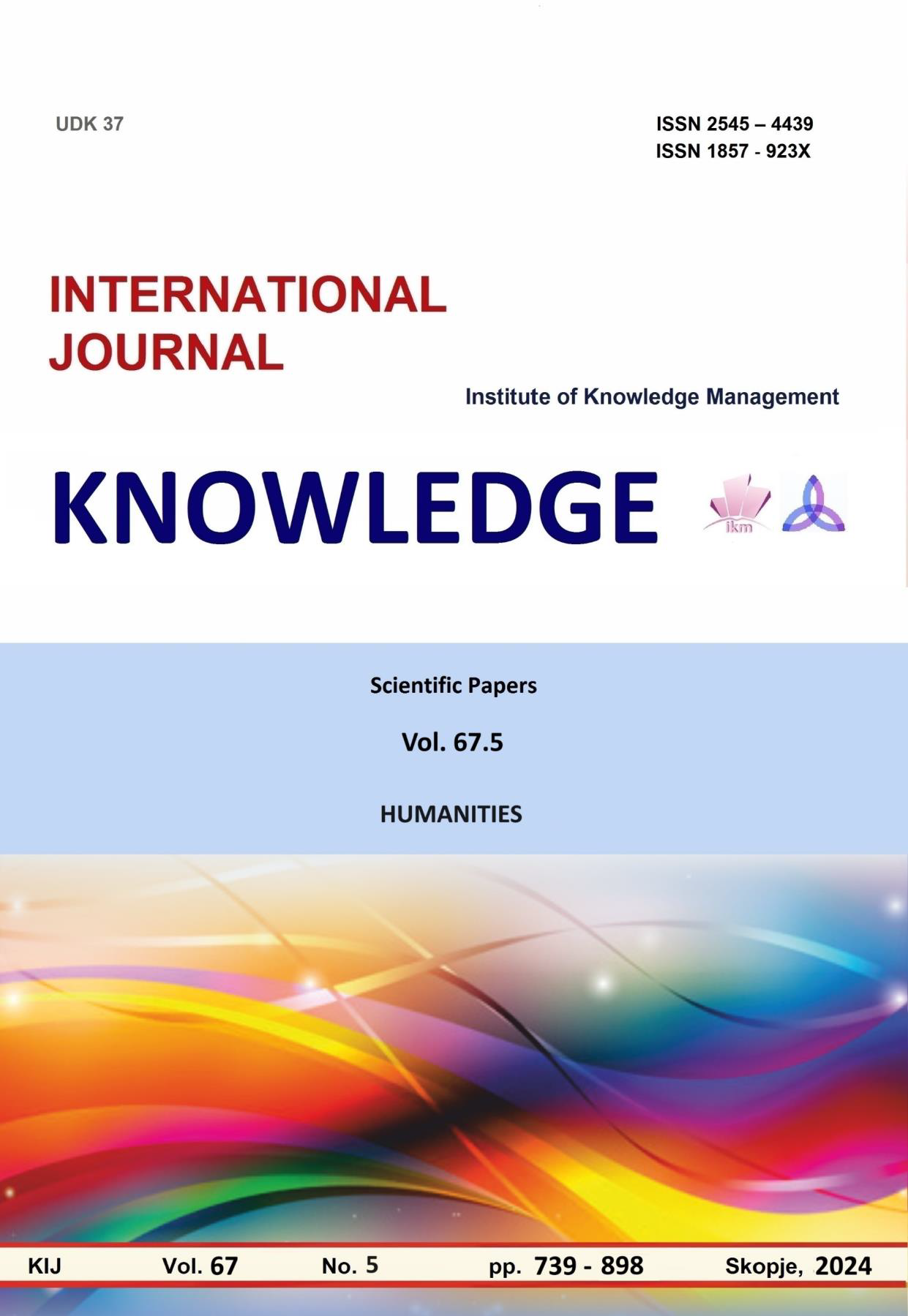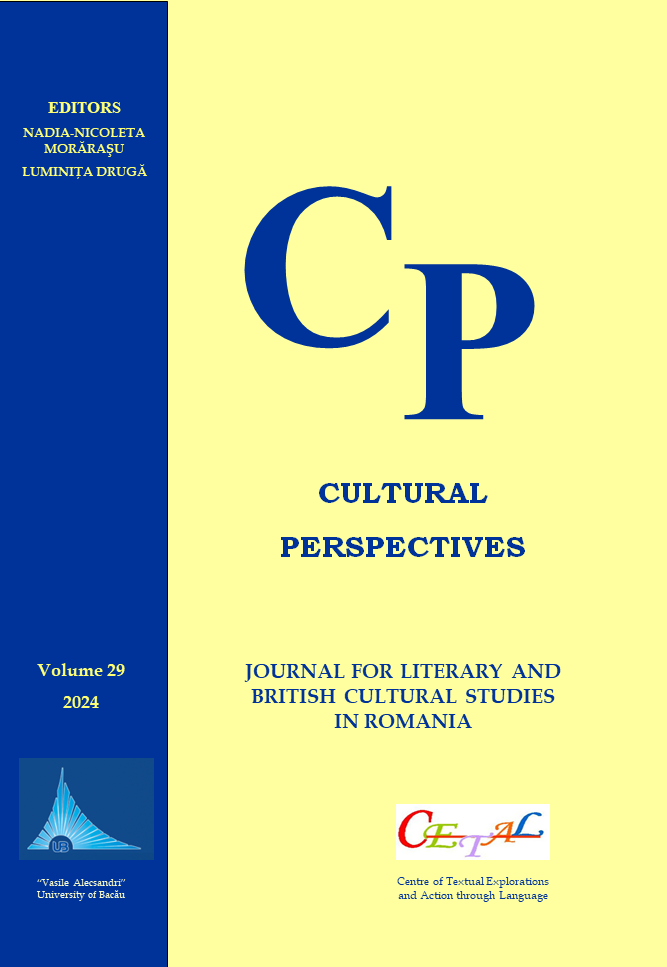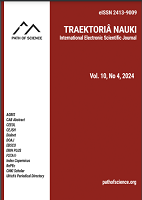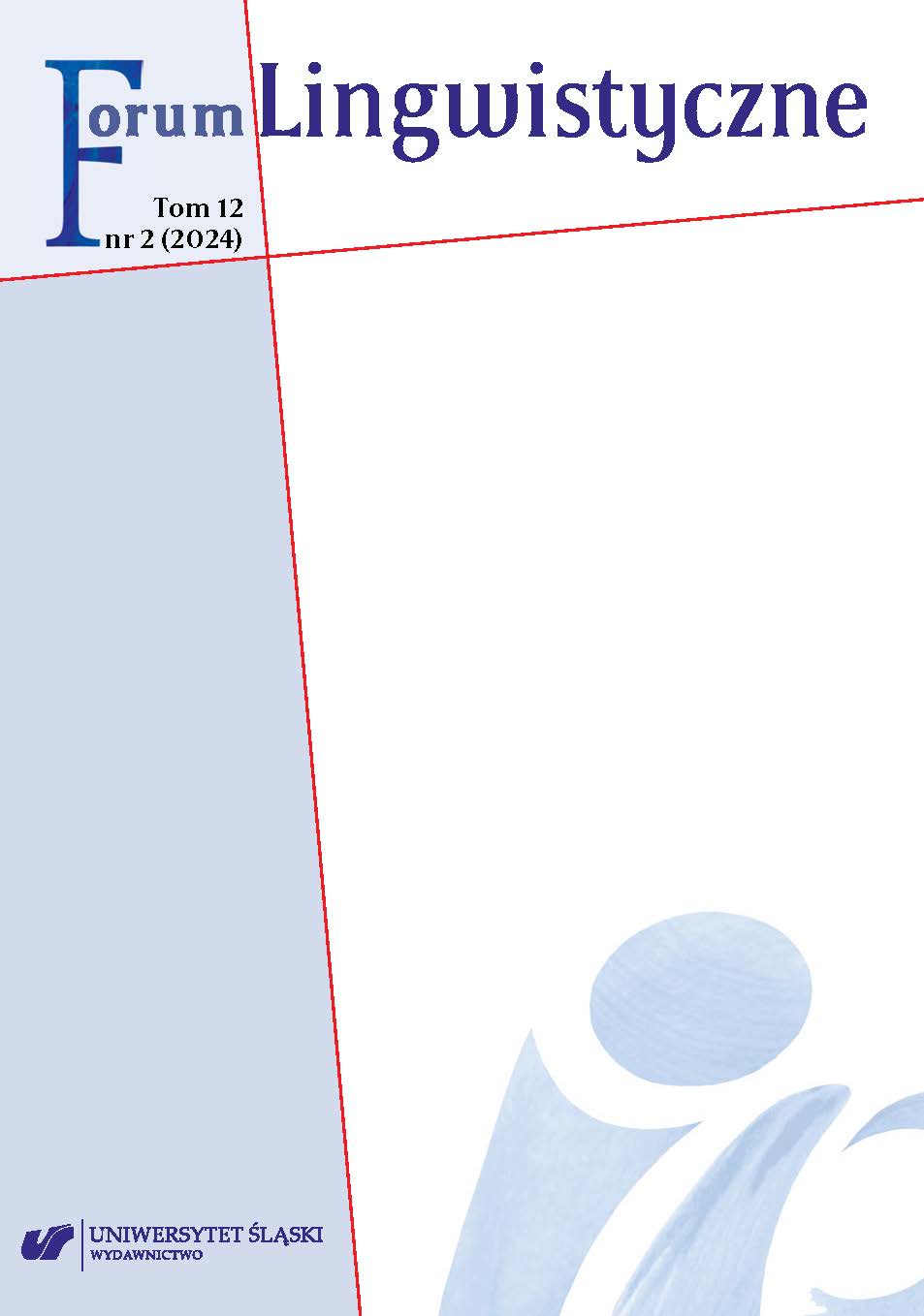Author(s): Nezabravka Ivanova Petkova / Language(s): English
Issue: 5/2024
Art is represented as a part of the culture. The following publication shows in theoretical and partially practical plan, the importance of means of expressions for reproducing the feelings and emotions in the pictures of 6 7 year old children with the assistance of the means of expression. In theoretica l aspect the relationship between the surrounding reality and the creative world of both the artist and the child is observed. Children live in an information society, and they acquire the information directly or indirectly; impressions from their reality and relationships which originate from this. That’s why we say that art is connected as a school subject with a system of knowledge, skills, and relations. Artistic space and time are looked through; the composition of the picture is framed. It describes h ow the child reflects reality via artwork. Who is the object? We look through the art of paintings as artwork of colours and how they find their place in the child’s picture according to the needs and observations of the children, their disposition and moo ds. Figural composition of everyday topic is seen, because 6 7 year old children reproduce personal impressions mainly; moments of their everyday life and events from their daily life; holidays which they present with the aid of the brush; paints; pencil o r the crayon on the white sheet of paper. According to the child’s choice of the colours, we can understand the child’s attitude to the world. The children react exuberantly and impulsively, they cannot keep their emotions inside and it is shown in rich, v aried and colourful pictures. This article clarifies the basics of colour theory and the adoption and symbolism of the colours, as it is observed how it is presentable in the child’s picture, what information we can read and decode according to the prefere nces of the colours in their artwork. The conceptions to the child’s art are looked through. It is thought that the child’s picture is always concrete, the child always imagines the object in action and when they acquire enough knowledge, skills and experi ence, the kid substitutes the missing part, which he/she reproduced by sounds and their own actions with the means of art. For several years parents have been allowed to visit the kindergarten in the first few days of the children’s attendance with the cha nge of the Law of Preschool and School Education ( Both the parent and the child play and take part in the activities planned by the kindergarten. This Day is called Doors Open Day. The aim of this initiative is for the kid to make a smooth transitio n from family environment to kindergarten, to take his place in the new environment easily and positively. Parents feel calmer, as well, when they see the new environment of their child; meet the teachers and the young friends. It is interesting the place of the child in the group; their flexibility to be able mum and dad to support their daughter/son in their new position. How can the closest ones of the child do this without attracting the child’s attention? When the child comes home in the evening, we ca n leave him/her a white sheet of paper on the table and a crayon or a pencil for painting, it is not necessary to lead a conversation with the child which can be daunting for him/her. Leave him/her to speak via his/her picture. After acquiring information and impressions, in the kindergarten and the playground all day long, now the children will paint the most important and emotional moments of the day. They will select special colours and they will put one or more figures in the picture, they will paint th e important figures bigger or smaller; we will see their position with the aid of the means of expression. In this publication one Doors Open Day is depicted in a kindergarten in the city of Sofia, as a process which expands the social relations of the chi ld with the world and his/her horizons about it. It shows how this reflects in an emotional aspect in the life of the children and how they reproduce their feelings and emotions by the means of the art, met the lifestyle and culture of Columbia. The idea and purposes are clarified, which the pedagogue set when they involve the parent in the daily routine of their children, as well as the child contact from the Preparatory group in the kindergarten. Finally, conclusions and deductions have been made after the topic of the publication.
More...
